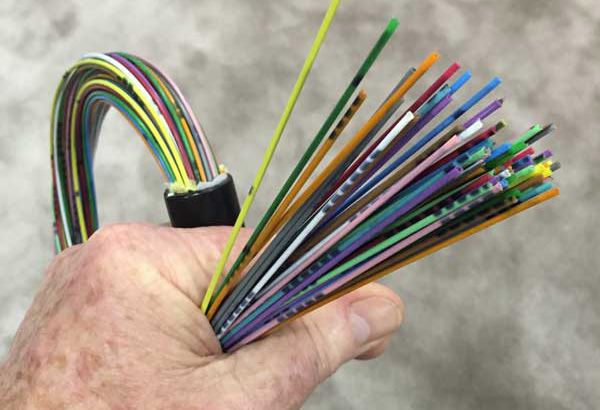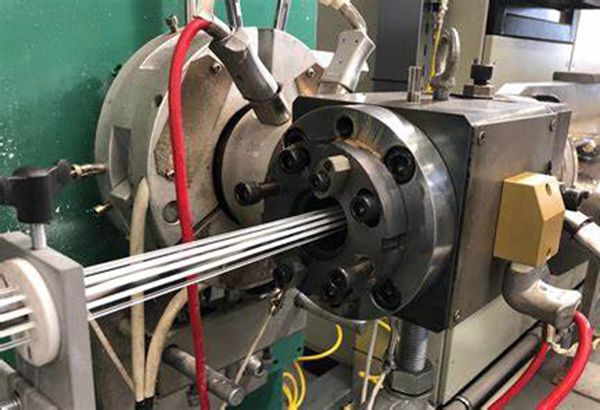In today's interconnected world, fiber optic cables serve as the backbone of high-speed data transmission, revolutionizing communication networks with their efficiency and reliability. As businesses and individuals strive to stay connected, understanding the nuances of fiber optic cables becomes essential. In this comprehensive guide, we will explore the intricacies of fiber optic cable connectors, delve into the factors affecting fiber optic cable prices, distinguish between outdoor and indoor fiber optic cables, and shed light on reputable fiber optic cable manufacturers. Let's embark on a journey to unravel the world of fiber optic technology and empower you to make informed decisions.
Fiber Optic Cable Connectors: The Key to Seamless Connectivity
Fiber optic cable connectors play a crucial role in ensuring seamless connectivity and reliable data transmission. Here are some commonly used connectors:
LC (Lucent Connector): Known for their small form factor, LC connectors are widely used in high-density applications where space is limited.
SC (Subscriber Connector): SC connectors feature a push-pull mechanism, making them easy to install and remove. These connectors are popular in both single-mode and multimode fiber optic networks.
ST (Straight Tip): ST connectors have been a long-standing choice in network installations, featuring a bayonet-style coupling mechanism.
MPO/MTP (Multi-Fiber Push-On/Pull-Off): MPO/MTP connectors allow for multiple fibers to be connected simultaneously, making them ideal for high-density applications such as data centers.

Fiber Optic Cable Price: Factors Influencing Cost
When considering fiber optic cable prices, several factors come into play. These include:
Cable Length: Longer cables typically command higher prices due to the increased material costs and manufacturing complexities involved.
Fiber Count: Cables with a higher fiber count, such as those used in data centers, tend to have higher prices due to the increased number of fibers.
Cable Type: Different cable types, such as single-mode or multimode, outdoor or indoor, vary in price based on their specific design and characteristics.
Manufacturing Quality: Cables manufactured by reputable brands with stringent quality control measures often come at a higher price point.
Outdoor Fiber Optic Cable: Durability for External Installations
Outdoor fiber optic cables are specifically designed to withstand harsh environmental conditions. They feature robust protective jackets that shield the delicate fibers from moisture, temperature variations, and physical damage. These cables are commonly used in applications such as long-distance telecommunication networks, utility installations, and aerial deployments.
Indoor Fiber Optic Cable: Tailored for Internal Networking
Indoor fiber optic cables are designed for internal networking installations within buildings, campuses, and data centers. These cables typically have smaller protective jackets and are not built to withstand outdoor conditions. They are available in various configurations to meet specific needs, including riser-rated cables for vertical runs and plenum-rated cables for air handling spaces.

Fiber Optic Cable Manufacturers: Reliability and Quality Assurance
When it comes to fiber optic cables, partnering with reputable manufacturers ensures reliability and quality assurance. Here are some renowned fiber optic cable manufacturers:
Corning Incorporated: Corning is a global leader in fiber optic technology, offering a wide range of high-quality cables that cater to diverse applications.
Prysmian Group: With a strong focus on innovation and sustainability, Prysmian Group provides comprehensive fiber optic solutions for various industries.
OFS (Furukawa Electric Company): OFS is known for its cutting-edge fiber optic cable technology, serving industries such as telecommunications, data centers, and healthcare.
Belden Inc.: Belden offers a comprehensive portfolio of fiber optic cables, specializing in industrial networking solutions and high-performance applications.
Conclusion: Empowering Seamless Connectivity with Fiber Optic Cables
Fiber optic cables serve as the lifeline of modern communication networks, enabling high-speed data transmission and ensuring seamless connectivity. By understanding the nuances of fiber optic cable connectors, considering factors that influence prices, distinguishing between outdoor and indoor cables, and partnering with reputable manufacturers, businesses and individuals can harness the power of fiber optic technology. Embrace the world of fiber optic cables, where durability, reliability, and quality converge to shape the future of connectivity.



